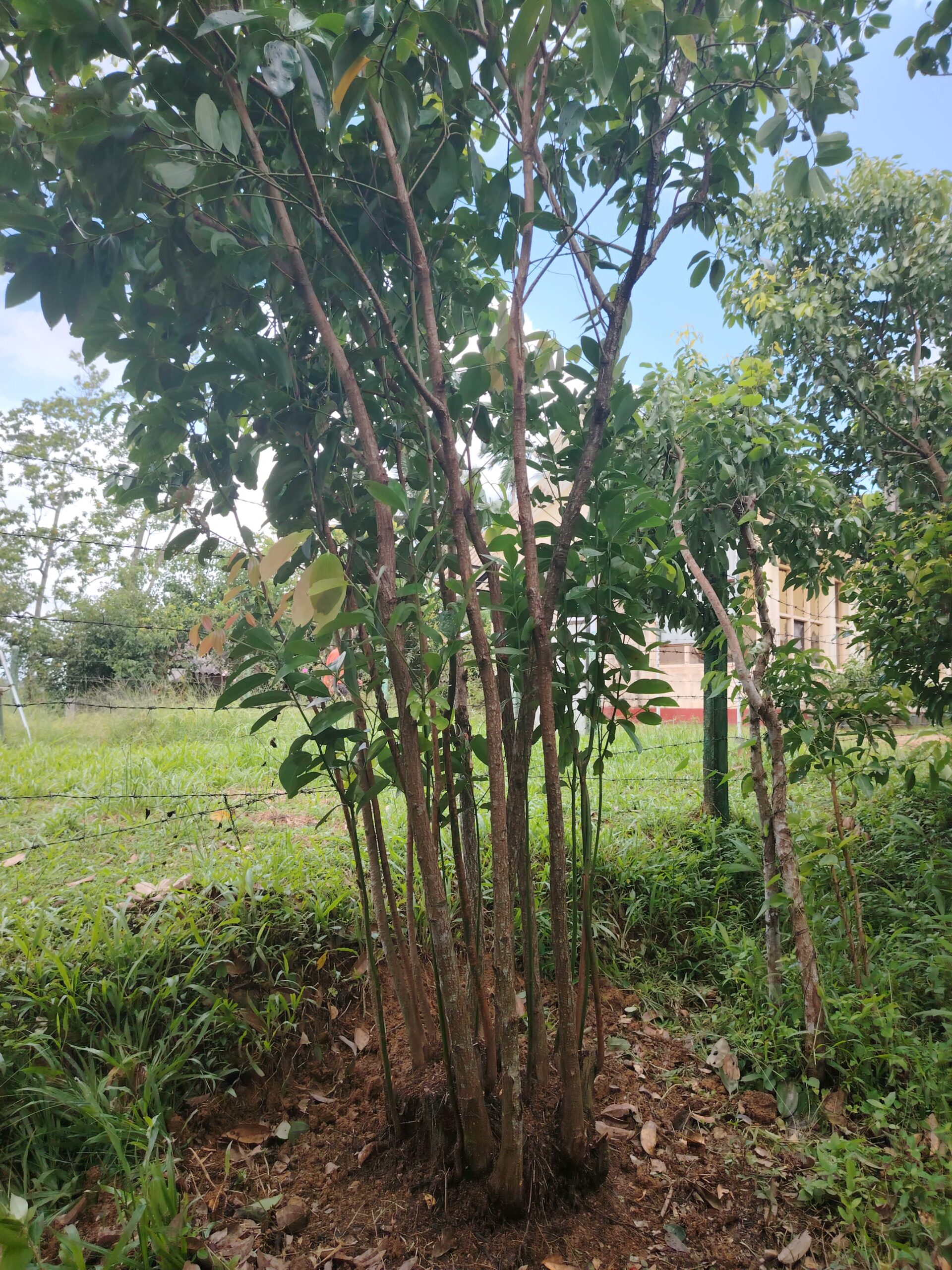
Cinnamon Plant Production and Field Management
Cinnamon is an evergreen, perennial, tropical hardwood tree. Under natural conditions, it can grow over 20 meters tall. However, in commercial cultivation, it is frequently harvested and maintained as a bush of 2.5 to 3 meters with several stems from the base
Environmental factors required for cinnamon cultivation
- Temperature:
Cinnamon thrives at temperatures between 25°C and 35°C. It can be cultivated in rainfed areas where annual rainfall exceeds 1875 mm. In areas with less rainfall, cinnamon can still be grown with sufficient irrigation.
- Elevation:
Cinnamon can be commercially cultivated up to an elevation of 700 meters above mean sea level. Beyond this elevation, the plant may become weak.
- Humidity:
The optimum relative humidity for cinnamon is 75% to 85%. However, cinnamon can be managed by inducing microclimatic conditions even in dry areas with lower humidity.
- Soil:
The wet zone of Sri Lanka, with its red soil, is primarily used for cinnamon cultivation. These red soils, found on undulating land systems, are more acidic and belong to the red-yellow podzolic soil group in local classification. The sandy or sandy loam soils found in the plains and along the coast are also suitable for cinnamon cultivation. Some areas of the dry zone have soil groups capable of supporting cinnamon cultivation with appropriate management methods.
- Unsuitable Lands for Cinnamon Cultivation
Land that is less than 1 meter deep or suffers from stoniness, poor drainage, water table fluctuation, waterlogging, or salinity is not suitable for commercial cinnamon cultivation. Additionally, land with a slope greater than 60% is not advisable for cultivation of cinnamon.
